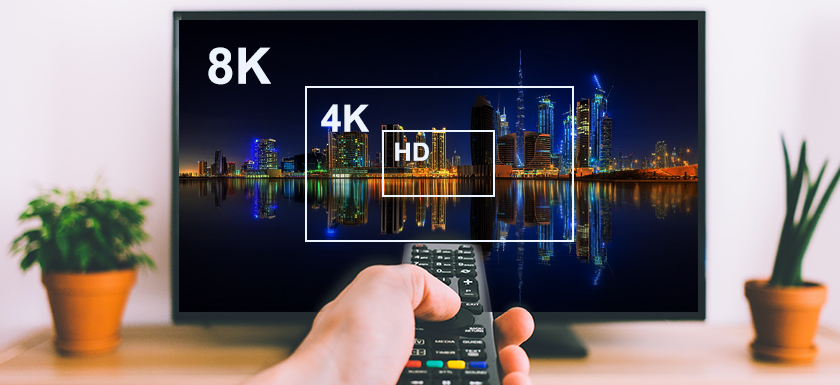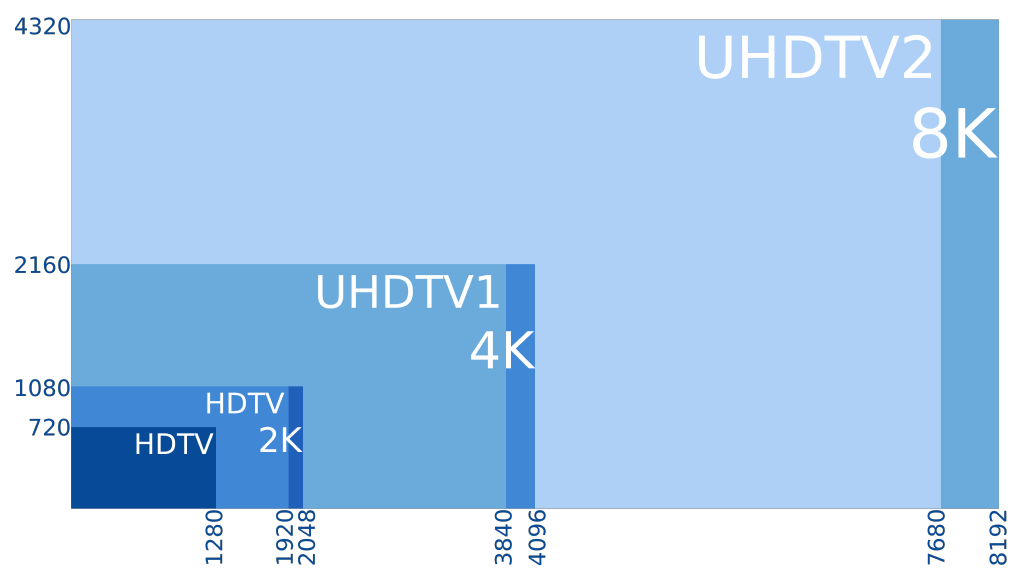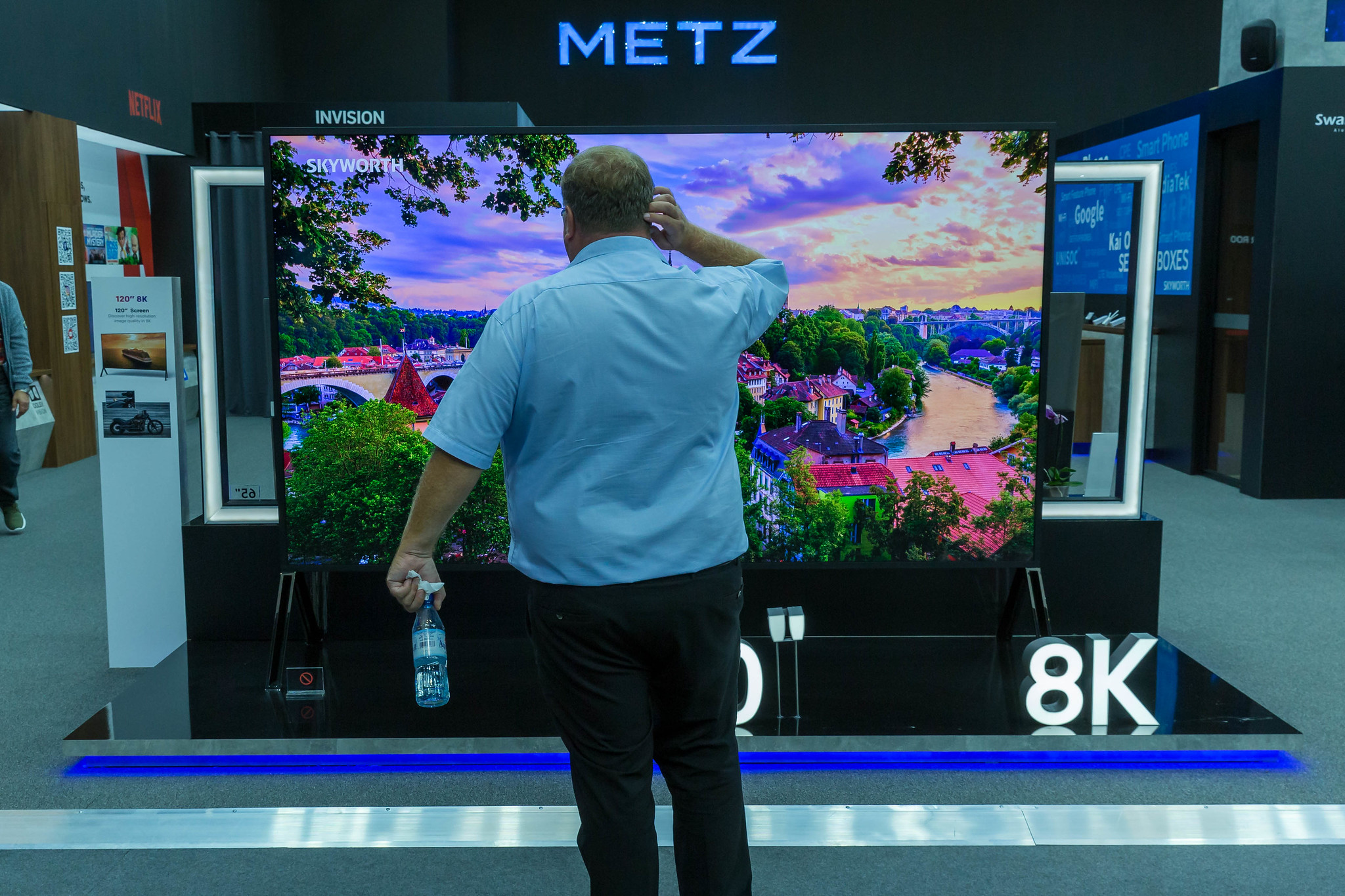
The debate about 4K versus 8K displays has not been a clear cut one. While many people have been quick to declare that 4K is enough, others have claimed that 8K is the next logical step in display technology.
On the side of 4k being enough are claims that human eye resolution is between 5 and 10 megapixels, and that pixel density is the main cause for a clear image. Claims against 8k are pointing to it being too expensive, not well supported by content creation applications or that there is no need for such a high-resolution display.
In this article, we will explore the arguments from both sides of the debate to help you decide if an 8K display is something you want to go for.
4K versus 8k — What’s the Difference?
4k and 8k are among the newest additions to the HDTV market. Like 1080p, they both offer a higher resolution image than current standard HDTV. However, many consumers still do not understand what 4K or 8K resolution is or does, and that can lead to confusion when trying to find the right TV.

What is 4K?
4k, or Ultra HD resolution, has a horizontal resolution of approximately 4000 pixels. This means that it provides much more detail in each image than 1080p does, especially when viewed on large screen TVs.
What is 8K?
8k, or Ultra HD Premium, has a horizontal resolution of approximately 8000 pixels. This means that it provides much more detail in each image than 4K does, especially when viewed on very large screens of over 55”. However, 8k TVs are still not well known to the general public, and many people do not understand why they would need such a high resolution.
Advantages of 8K Displays
Ability to display more information
A 3840×2160 pixel 8k screen has a total of 9,216,000 pixels. This is significantly more than the 2,073,600 pixels found on a 4k monitor which has four times the number of pixels, not eight.
Does not require scaling
If you have a 4K monitor with a native resolution of 3840×2160 pixels, you are required to scale the resolution of your content in order for it to fit on the screen. This can introduce visual artifacts when upscaling or downscaling depending on how well it is implemented. This is not an issue if your content is being displayed at its native resolution of 8192×4320 pixels.
Able to display finer gradations of color
4K has a total of 16,777,216 colors, while 8K has 1,073,741,824 colors. As you can see there is a significant difference here which means that 8K displays will be able to show finer gradations of color and thus produce images with smoother color gradations.
Advantages of 4K Displays
Costs less
The jump from 1080p (Full HD) to 4k is not as great as the jump from 4k to 8k. This means that 4k displays are significantly cheaper than 8k displays at this time.
Supports higher refresh rates
While there are some 8k displays out on the market with refresh rates up to 60 Hz, they are currently very rare while 4K displays can support much higher refresh rates of 144 Hz.
So, when it comes to 4k versus 8k, what should you go for?

While it’s clear that 8k is technically superior in most regards, it comes down to whether or not you actually need it. If you want the best image quality possible, then 8k is for you.
If, however you are working on a limited budget or can’t justify spending $1,500+ on a display just yet, 4k is currently more than enough for most home users.
